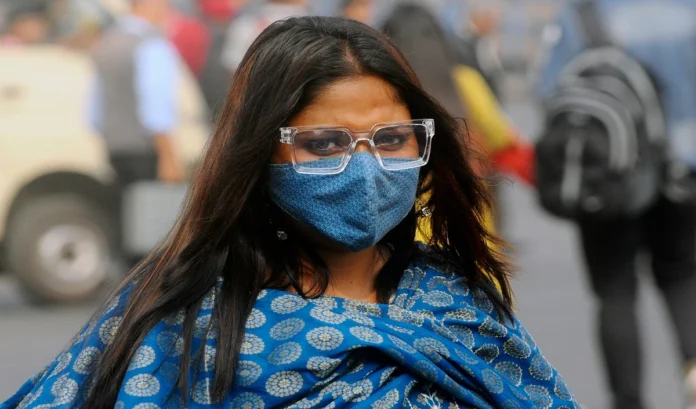A layer of smog blanketed the national capital on Friday and the overall air quality index touched 293, falling into the ‘poor’ category. The AQI in Delhi’s Anand Vihar area has fallen to 339, which has been kept in the ‘very poor’ category. India Gate and surrounding areas recorded an AQI of 270, which is in the ‘poor’ category.
Whereas AQI 325 was recorded in Dwarka Sector-8, due to which this area came in the ‘very poor’ category. Vivek Vihar area of East Delhi in the national capital has reached ‘very poor’ category with 324 AQI.
According to the Central Pollution Control Board, when the AQI is marked in the ‘poor’ category, most people may experience breathing difficulties if exposed to it for a prolonged period, while when it is in the ‘very poor’ category If there is, prolonged exposure to it can cause respiratory illness.
PWD vehicles sprayed water in various parts of the national capital to reduce dust pollution in compliance with GRAP-1. Earlier on Tuesday, according to a statement issued by the Delhi Chief Minister’s Office, the Delhi government announced strict implementation of measures under the Graded Response Action Plan-1 (GRAP-1) to improve air quality in the national capital.
The announcement was made after a high-level meeting chaired by Delhi Chief Minister Atishi, in which Environment Minister Gopal Rai and senior officials were present. According to the statement, 99 teams have been appointed to inspect construction sites for dust control. The Public Welfare Department (PWD) will deploy 200 anti-smog guns, the Municipal Corporation of Delhi (MCD) 30, the National Capital Region Transport Corporation (NCRTC) 14 and the Delhi Metro Rail Corporation (DMRC) 80. Additionally, Delhi Police will deploy additional personnel in traffic-prone areas and Home Guards will be kept on standby if needed.
Chief Minister Atishi also urged Delhiites to carpool, avoid burning crackers and garbage and report pollution incidents through the Green Delhi app. He said the teams will ensure that dust control measures are followed at government and private construction sites, and pay special attention to the removal of construction and demolition (C&D) waste, which increases PM 2.5 and PM 10 levels and Dust contributes to pollution.




